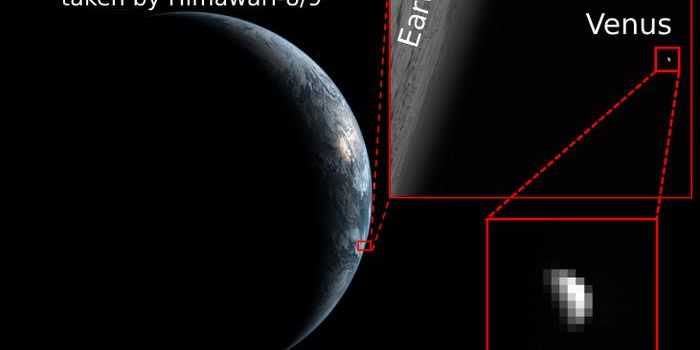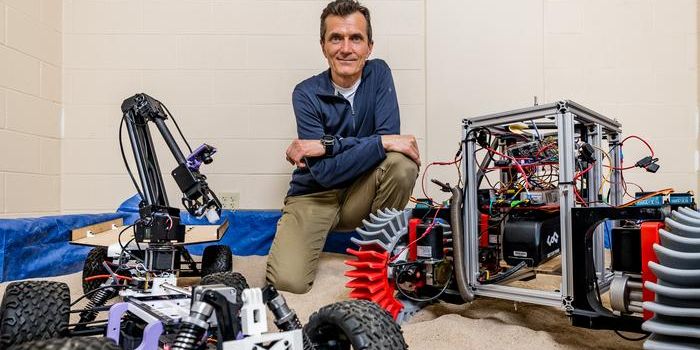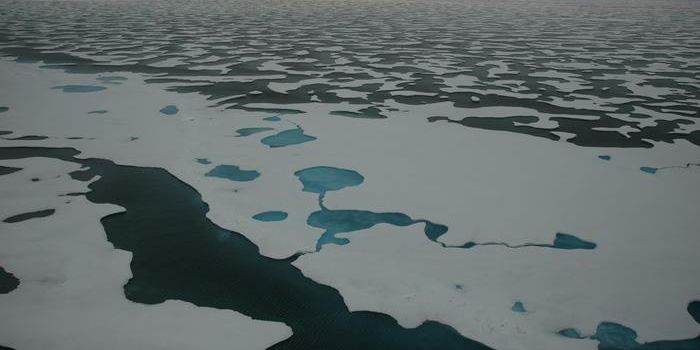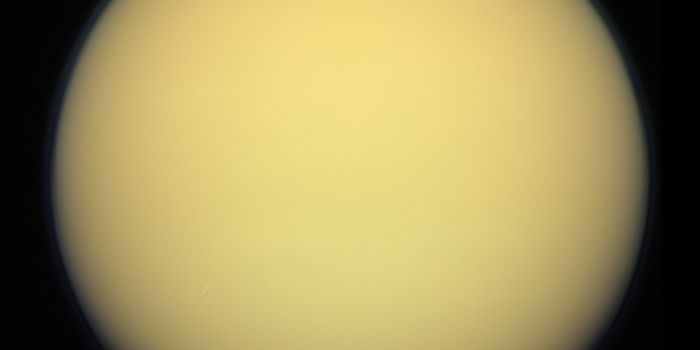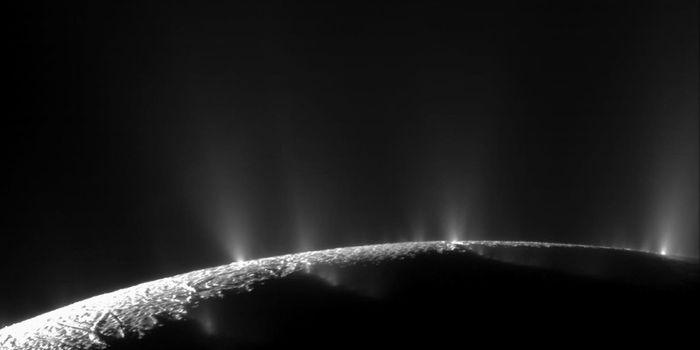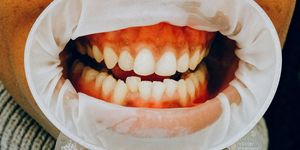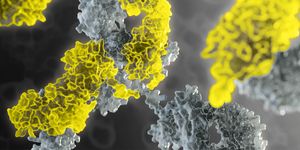New Study Reveals Novel Approach to Prevent Mold Growth on Space Stations
Living and working in outer space is incredibly difficult, especially given it’s a closed environment, which invites fungi like mold to inhabit the surroundings, and you can’t open a window to let them out. But what steps can be taken to mitigate the amount of mold on a space station and maintain a safe and clean environment for everyone on board? This is what a recent study published in Microbiome hopes to address as a team of researchers from The Ohio State University and NASA investigated a novel approach to mitigating the growth of mold on space stations and what this could mean for future space missions.
“It’s really important to understand the exposures that happen in the space environment in part because we see immune system changes in astronauts,” said Dr. Karen Dannemiller, who is an associate professor of environmental health sciences at The Ohio State University and a co-author on the study. “People who are normally healthy individuals may be especially vulnerable to microbes in space, more so than on Earth.”
For the study, the researchers tasked astronauts onboard the International Space Station (ISS) to send four individual vacuum bags of dust back to Earth, which were collected as part of the weekly housekeeping duties onboard the ISS when they clean the High-Efficiency Particulate Air (HEPA) filter coverings that comprise the station’s ventilation system. Once retrieved, the team back on Earth subjected the dust to a series of incubation and humidity tests to simulate if a spacecraft’s air ventilation system failed, resulting in sudden buildups of moisture. In the end, the researchers found that the number of bacteria and fungi grown in the ISS dust samples mirror those that grow in residential dust samples on Earth.
“Spacecraft actually aren’t that different from what we see on Earth in terms of having a unique indoor microbiome,” said Dr. Nicholas Nastasi, who is a postdoctoral researcher at The Ohio State’s Indoor Environmental Quality Laboratory and lead author of the study. “If you put people in a space, there will always be microbes there, so it’s important to prevent their spread because once it starts, it’s often not too easy to get rid of.”
Going forward, the researchers aspire to test other factors that might contribute to microbial growth, including radiation, microgravity, and increased carbon dioxide.
What new discoveries will researchers make regarding mold and space missions in the coming years and decades? Only time will tell, and this is why we science!
As always, keep doing science & keep looking up!
Sources: Microbiome, Ohio State News, ScienceDaily
Featured Image Credit: Getty Images

